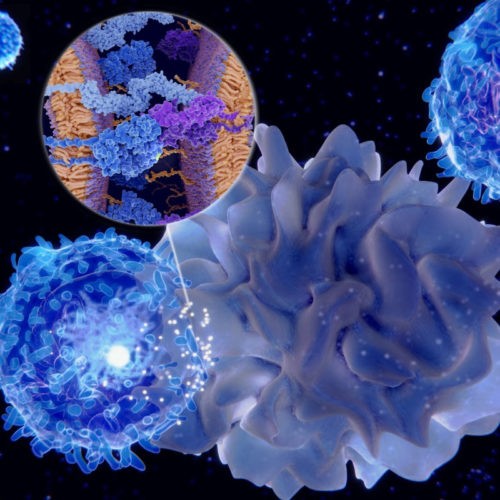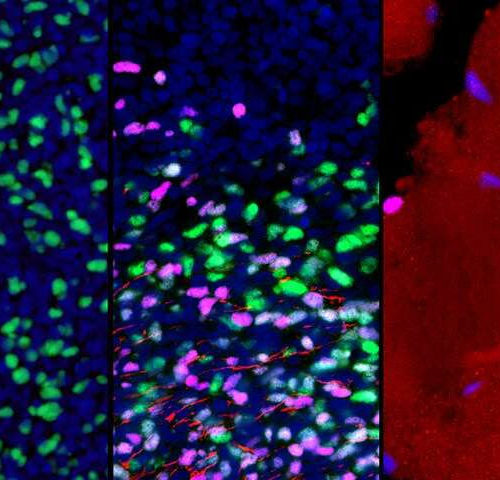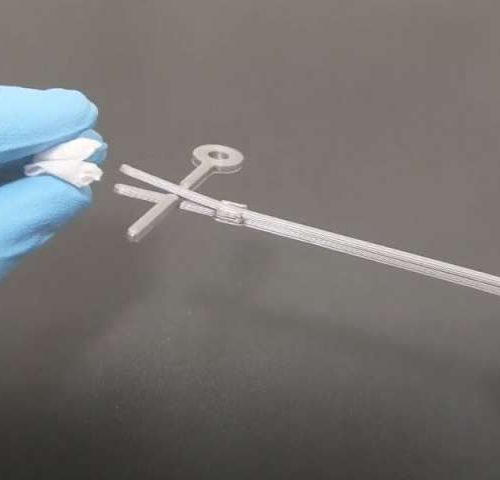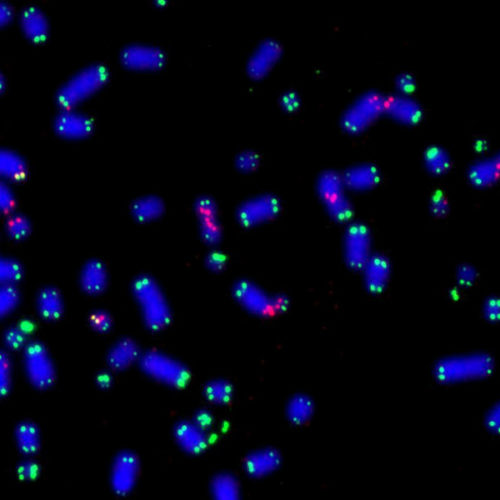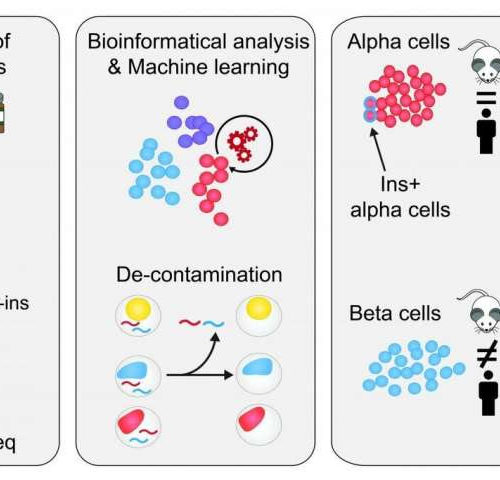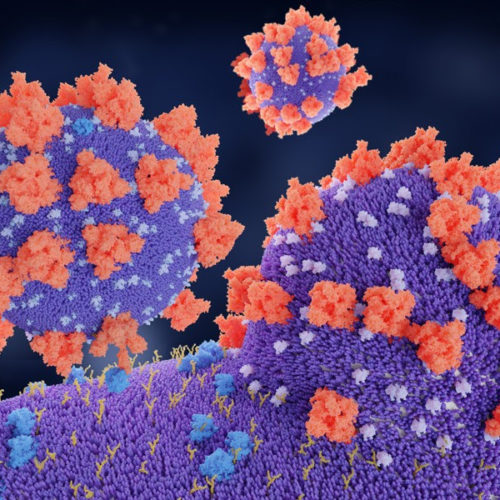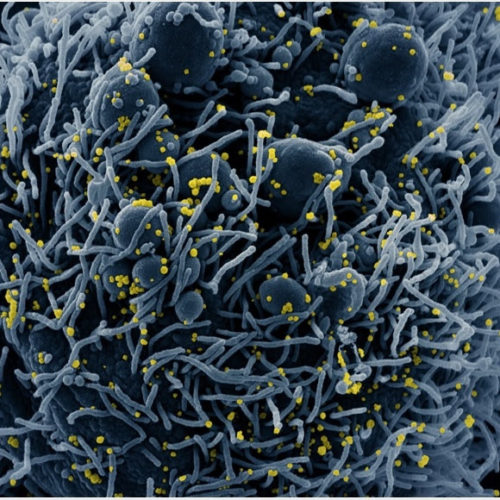As the cell’s protein factory, the ribosome is the only natural machine that manufactures its own parts. That is why understanding how the machine, itself, is made, could unlock the door to everything from understanding how life develops to designing new methods of drug production. An intensive, long research effort at the Weizmann Institute of...
Tag: <span>RNA</span>
Immunotherapy breakthrough recruits more immune cells to fight cancer
The immune system is one of the most powerful tools we have in the fight against cancer, but sometimes it needs a little extra help. In a new study from the Peter MacCallum Cancer Centre, researchers have developed a new way to summon a wider variety of immune cells to target tumors. One of the...
Scientists create first roadmap of human skeletal muscle development
by University of California, Los Angeles An interdisciplinary team of researchers at the Eli and Edythe Broad Center for Regenerative Medicine and Stem Cell Research at UCLA has developed a first-of-its-kind roadmap of how human skeletal muscle develops, including the formation of muscle stem cells. The study, published in the peer-reviewed journal Cell Stem Cell,...
Physics team provides novel swab design, free of charge, to augment COVID-19 testing
by Tracey Regan, New Jersey Institute of Technology A team of NJIT physicists has developed a novel test swab that can be 3-D printed using inexpensive, widely available materials and speedily assembled in a range of fabrication settings. To augment the nation’s testing capabilities, the inventors are making the swab’s design publicly available to large...
ONE PROTEIN EASES PROBLEMS WHEN CANCER CELLS DIVIDE
Two important functions of the protein RTEL1 during cancer cell division could help pinpoint new cancer treatments, researchers report. One of the body’s most important processes is cell division, which occurs throughout life. Normal cells only have a limited number of divisions, while in cancer cells the cell division goes awry and is uncontrollable. Therefore,...
Single-cell RNA seq developed to accurately quantify cell-specific drug effects in pancreatic islets
by CeMM Research Center for Molecular Medicine of the Austrian Academy of Sciences The pancreas is an abdominal organ that produces digestive enzymes as well as hormones that regulate blood sugar levels. This hormone-producing function is localized to the islets of Langerhans, which constitute clusters of different endocrine cell types. Among those are beta cells,...
Research team develops vaccine platform applicable to viruses
by National Research Council of Science & Technology Bang Eun-kyoung(left) from the KIST’s Center for Neuro-Medicine are discussing the efficacy of RNA stabilizer containing zinc complex. Credit: Korea Institute of Science and Technology (KIST) MERS, which struck South Korea in a 2015 outbreak, was caused by a coronavirus, the same family of viruses that is...
Brain study contributes to increased understanding of endocrine diseases
Many nerve cells in the brain region hypothalamus have unexpected origins and go through complex development programs, where millions of neurons assemble into a precisely knit network by birth. That is according to a study by researchers at Karolinska Institutet in Sweden and the Medical University of Vienna published in the journal Nature. The findings...
Pick of the coronavirus papers: ‘Dry swabbing’ offers a workaround to test-chemical scarcity
Nature wades through the literature on COVID-19 so you don’t have to. 28 April — ‘Dry swabbing’ offers a workaround to test-chemical scarcity Wide-scale genetic testing for SARS-CoV-2 has been hampered, in part, by shortages of the solutions used to store sampling swabs and extract viral RNA from them. To overcome this difficulty, a team...
New approach for easier detection of SARS-CoV-2 via swabs and saliva
By Dr. Tomislav Meštrović, MD, Ph.D A recent Israeli study points toward Reverse Transcription Loop-Mediated Isothermal Amplification (RT-LAMP) as a potentially effective tool for acute respiratory syndrome coronavirus 2 (SARS-CoV-2) on-the-spot detection by using swabs or saliva – addressing the community need for simple surveillance. The research titled ‘SARS-CoV-2 On-the-Spot Virus Detection Directly From Patients’...

